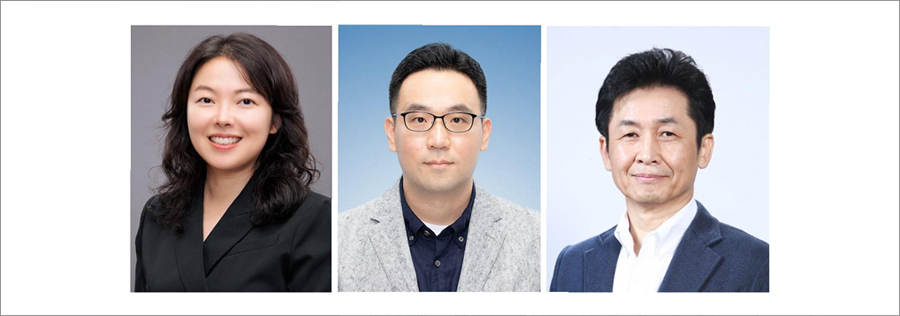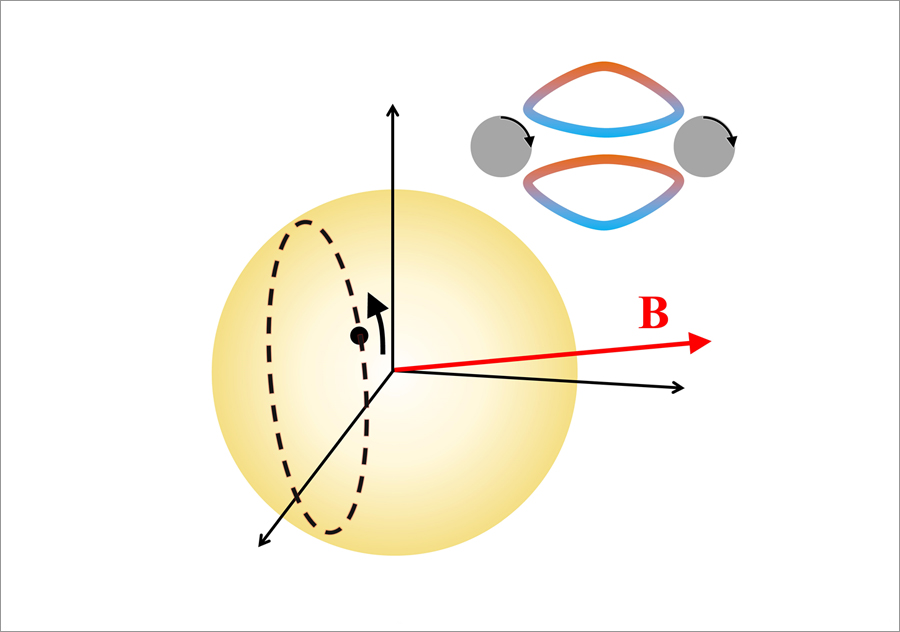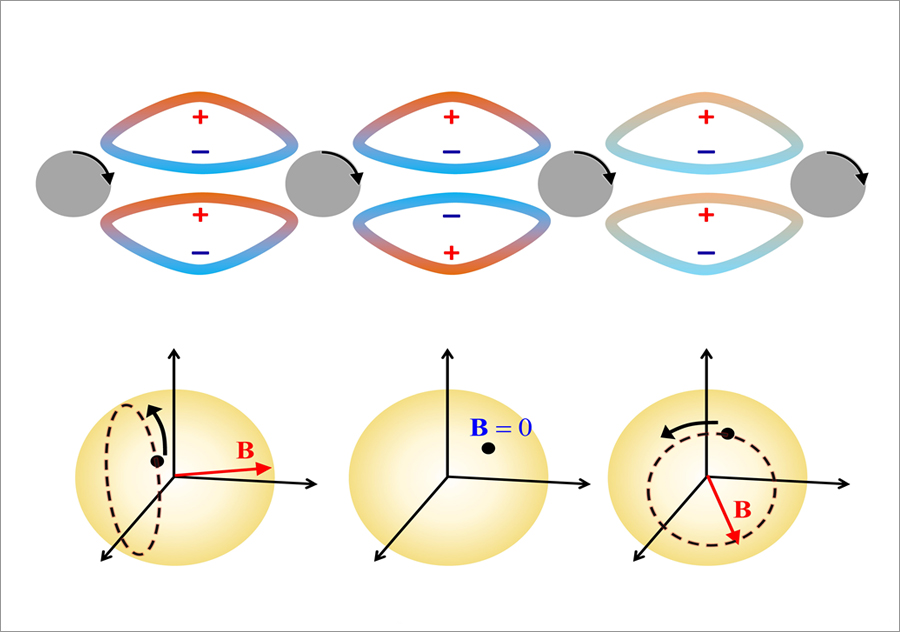Light-Based Computing Circuits Integrated by UOS-SNU Joint Research Team

- Implementation of ultra-small photonic circuit for deep learning and introduction of a method of confining light and performing calculations
- Published in ‘Physical Review Letters’, the best academic journal in the field of physics
In a joint study conducted by Professor Hyunhee Park of the Department of Electrical and Computer Engineering (Department of AI Semiconductor Engineering Semiconductors, Adjunct) at University of Seoul (President Yonggeol Won) and Professors Namgyu Park and Seongyu Yoo of the Department of Electrical and Computer Engineering at Seoul National University, the researchers have succeeded in integrating computational circuits using light.
The results of this research were published in ‘Physical Review Letters, one of the most prestigious journals in the field of physics.

▲ (From left) Prof. Hyunhee Park from UOS, Prof. Seongyu Yoo from SNU, Prof. Namgyu Park
In order to overcome the physical limitations of electronics, recently represented by the end of Moore's Law, researchers are actively working on harnessing light for computation in the fields of artificial intelligence and quantum computers.
Recently, in order to overcome the physical limitations of electronic technology represented by the end of Moore's Law, research is being actively conducted to utilize light for calculations in the fields of artificial intelligence and quantum computers.
When light is used in calculations, various functions provided by artificial intelligence, such as reasoning, classification, and regression, can be performed at ultra-high speed and low power, and a stable quantum state can be maintained even at room temperature, so it can be used to implement circuits for quantum computers.
However, since light propagates at an extreme speed of 300 million meters per second, the size of the system and the number of gates required to perform computations grows exponentially.
In the case of an optical neural network composed of N neurons, its size is proportional to the square of N (N^2).
For example, in the case of a photonic circuit for deep learning measuring about 10⨉10 cm2, only calculations using up to a thousand neurons were possible.

▲ Photon gates that operate on the time axis and their use to control the state of light
To overcome this, the researchers demonstrated that by trapping light in a resonator and changing the state of the medium, all the computations required for deep learning and quantum computers are possible.
By utilizing the time axis, they demonstrated that up to a million neurons can be computed in a circuit measuring 10⨉10cm2.

▲ Time-axis computational photonic integrated circuit composed of multiple resonators and their combinations
This research, led by Prof. Hyunhee Park, succeeded in achieving integration by replacing information processing on the spatial axis with time-based processing.
This makes it possible to realize a photonic circuit integrated at the VLSI (Very Large Scale Integrated Circuit) level.
"We would like to focus on the realization of quantum circuits in the future, as the computations required for quantum computers can also be realized," said Prof. Hyunhee Park.
The research was supported by the Ministry of Science and ICT's Mid-Career Researchers Program, Basic Research Laboratory Program (BRL), and Outstanding New Research Project, as well as the Seoul National University's Creative Leadership Program for Young Researchers.







